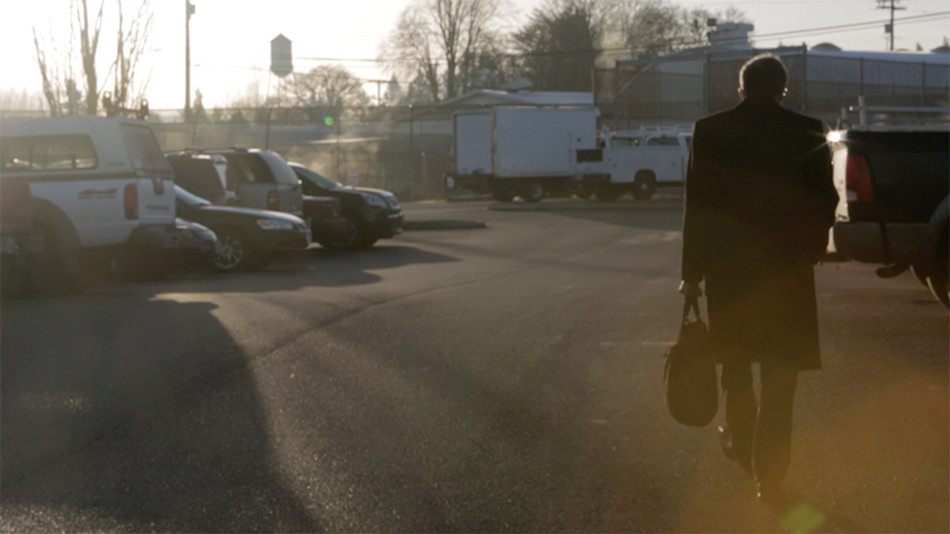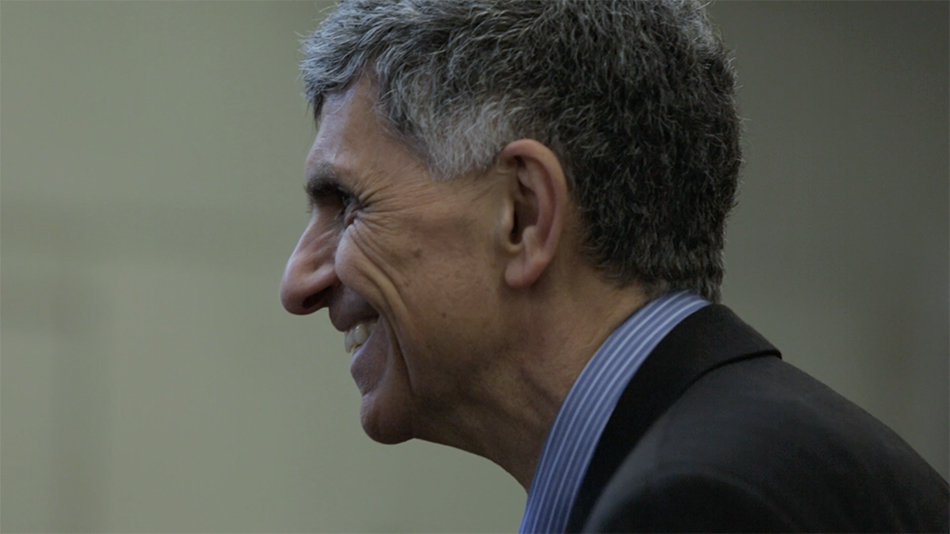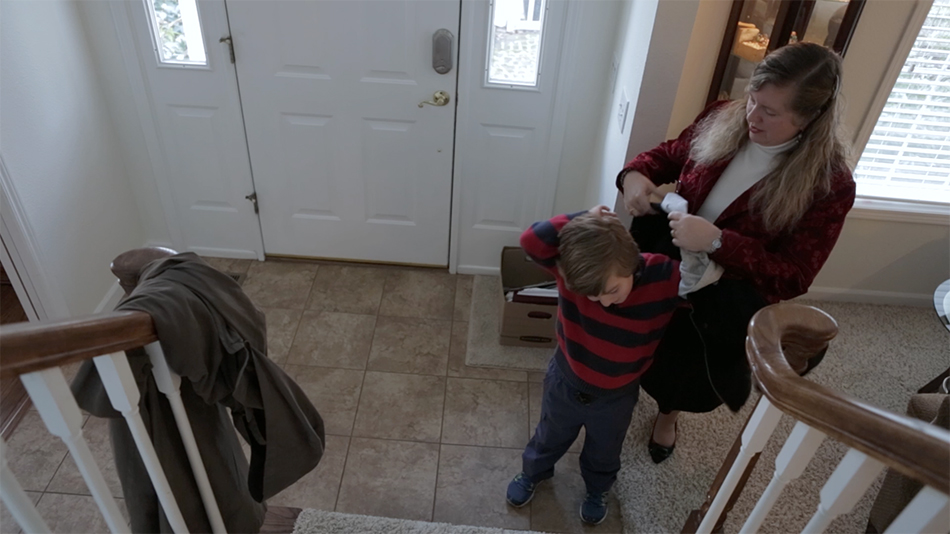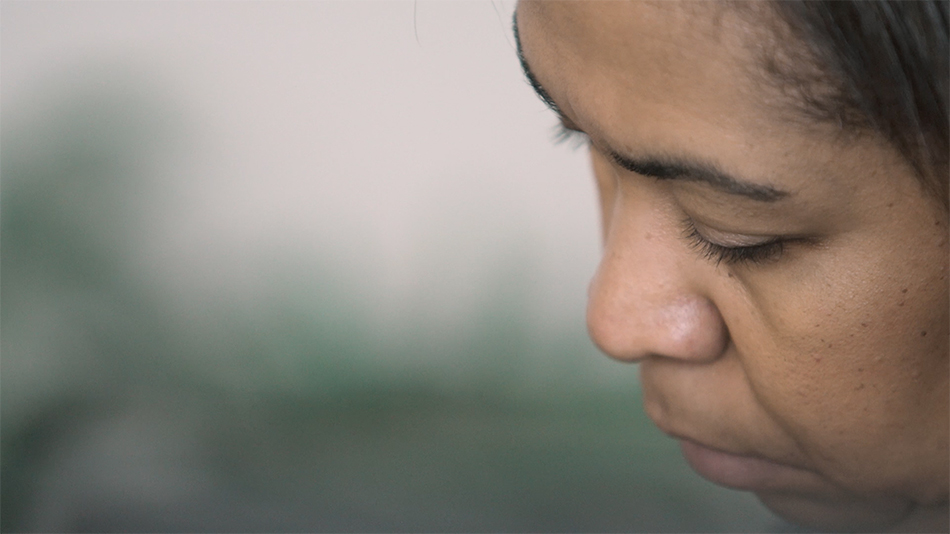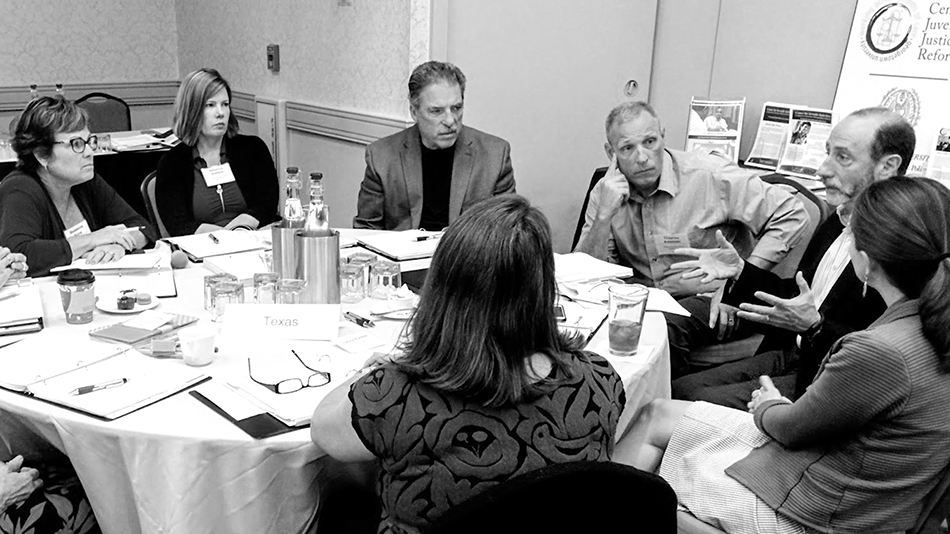Some projects come together exceptionally smoothly, they just do. This is one of those projects. Last year we worked with the Center for Juvenile Justice Reform to create a mini-documentary about Janet Reno’s legacy as a tireless advocate for children in the juvenile justice and child welfare system. CJJR commissioned the film to help launch an endowment in Janet Reno’s name.
This year they approached us to collaborate on a project to celebrate their organization’s 10-year anniversary. Now, here’s the thing about anniversary projects. They can go down the path to boring and generic very quickly. Glance around the Internet and you will see that more often than not anniversary videos commit the video storytelling sin of centering around members of the staff of the organization talking about goals and mission statements, speaking in jargon and sound bites. It is our truest belief as storytellers that the best way to ensure that your video has impact is to tell specific, narrative stories (you’ve probably learned this about us by now).
Having worked with CJJR in the past, we knew that this is exactly what they were looking for. Not only that, but they were very wisely thinking about this anniversary as an opportunity to highlight certain programs, rather than just give a video summary of the work they had been doing over the past 10 years. By doing this they were setting themselves up to have a video that would serve as a marker of this important milestone while simultaneously raising awareness for their programs.
Story Design
We set to work on the Story Design process with CJJR. We walked them through our process of starting with big ideas and narrowing down to hypothetical stories that can illustrate the message with rich, meaningful details. From those sessions, the CJJR team came up with a list of a dozen or so people for us to speak with, each of whom had been impacted by or had played an important role in the development of one of the core programs they were highlighting.
We took that list and had phone calls with each of these people to help us get an even deeper sense of the kinds of impact stories that were out there. Then, we worked with CJJR to select three stories that would resonate in the video.
The Three Pieces and Tying it Together
We traveled to Oregon to film two of the stories and collaborated with some of our most trusted California-based colleagues, Mimi Schiffman and Pete Bell, to film the third story in Sacramento. Then we tied the piece together with an interview Shay Bilchik, the founder of CJJR. There were two keys to this interview. The first is that Shay is very natural and approachable on camera and off. The second is that we crafted questions that were framed in such a way that he would respond with anecdotes and stories. This element is crucial to maintaining an engaging tone in an organizational video. If you just plop someone down in an interview chair and ask them about their organization they will most likely begin presenting overly composed sound bites, which is a very fast way to lose the attention and interest of your audience.
Getting the Most Out of the Video
The main purpose for this video was to show it at the LEAD Conference CJJR was hosting. They screened the full 16-minute piece on the second day of the conference. Then we worked with them to develop a plan to edit additional versions of the video that could be used online and to target specific audiences. In this case we’ll be dividing the long video into three short videos, each focused on one of the core areas highlighted in the piece edited in such a way that they can be stand-alone pieces.
In addition to these chapters we’ll be cutting seven short trailers to be used in even more targeted ways, and to give CJJR a variety of pieces to use in different settings, on different social media channels, etc. This is a fantastic way to take full advantage of the time and investment that goes into creating a meaningful, impactful video project.

